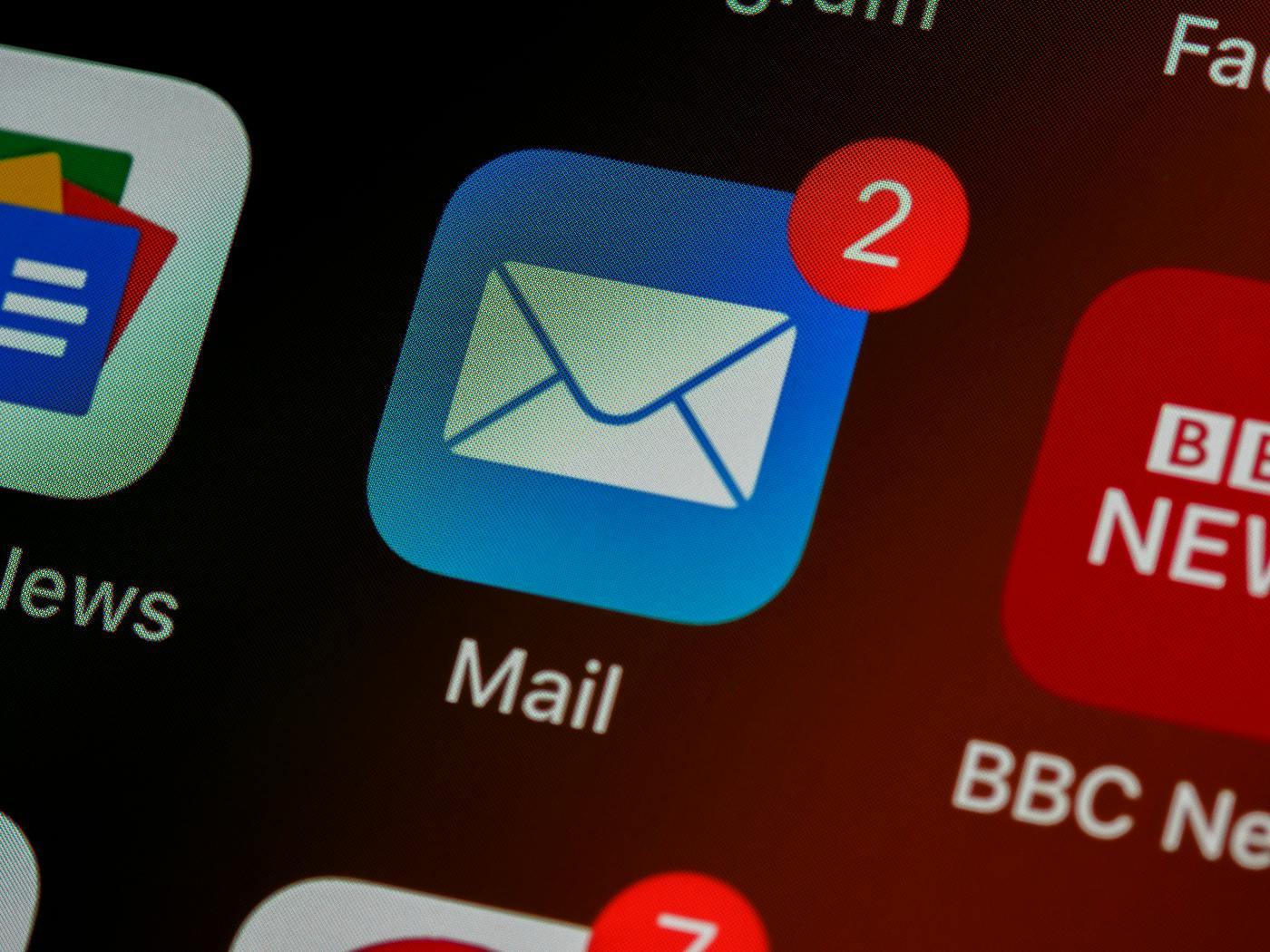
In the digital age, email marketing remains one of the most powerful tools in a marketer's arsenal.
In the digital age, email marketing remains one of the most powerful tools in a marketer's arsenal. It provides a direct line of communication with your audience, allowing you to engage, inform, and convert potential customers. Crafting email campaigns that convert is both an art and a science, requiring a deep understanding of your audience, strategic planning, and a creative touch. In this comprehensive guide, we will delve into the intricacies of email marketing, exploring the key elements that contribute to crafting campaigns that convert.
Understanding the Power of Email Marketing
Before diving into the nuances of crafting effective email campaigns, it's essential to grasp the inherent power of email marketing. Despite the rise of various digital marketing channels, email remains a stalwart for several reasons:
Direct Communication: Unlike social media or search engine marketing, email allows you to communicate directly with your audience. Your messages land directly in their inbox, giving you a unique opportunity to establish a personal connection.
High ROI: Email marketing consistently boasts one of the highest returns on investment (ROI) among digital marketing channels. According to statistics, every dollar spent on email marketing can generate an average return of $38.
Targeted Messaging: Email marketing allows for highly targeted messaging. You can segment your audience based on demographics, behavior, and preferences, ensuring that your message reaches the right people at the right time.
Automation: Automation tools empower you to send personalized and timely emails, even to a large subscriber list. This efficiency helps in nurturing leads and maintaining engagement.
Now that we've established the power of email marketing let's delve into the art and science of crafting campaigns that convert.
Define Your Objectives
Every successful email campaign begins with a clear set of objectives. Before you even start writing your emails, ask yourself: What do you want to achieve with this campaign? Common objectives include:
- Driving Sales: If your primary goal is to boost sales, your emails should focus on product promotions, discounts, and product recommendations.
- Building Relationships: To nurture relationships with your subscribers, focus on providing valuable content, updates, and news relevant to your industry.
- Lead Generation: If you're aiming to generate leads, create content that encourages recipients to download e-books, sign up for webinars, or request demos.
- Engagement and Brand Awareness: For brand awareness, concentrate on storytelling, informative content, and sharing your brand's values.

Segment Your Audience
One-size-fits-all email marketing campaigns are a thing of the past. To craft emails that convert, segment your audience based on various criteria:
- Demographics: Consider age, gender, location, and other demographic factors that can influence buying decisions.
- Behavior: Analyze how subscribers have interacted with your previous emails. Segment based on open rates, click-through rates, and purchase history.
- Preferences: Allow subscribers to specify their preferences during sign-up and tailor your emails accordingly.
- Segmentation enables you to send more relevant and personalized content, increasing the likelihood of conversion.
Build a Strong Email List
Your email list is the foundation of successful email marketing. It's crucial to focus on quality over quantity. Here's how to build a robust email list:
- Opt-In Forms: Place opt-in forms strategically on your website, landing pages, and social media profiles. Make it easy for visitors to subscribe.
- Content Upgrades: Offer valuable content like e-books, whitepapers, or templates in exchange for email subscriptions.
- Contests and Giveaways: Host contests or giveaways that require participants to subscribe to your email list.
- Referral Programs: Encourage your current subscribers to refer friends and family by offering incentives.
Craft Compelling Subject Lines
The subject line is your email's first impression, and it plays a critical role in whether your email gets opened. A compelling subject line should be:
- Clear and Concise: Avoid ambiguity. Let recipients know what to expect in the email.
- Personalized: Use the recipient's name or reference their preferences when possible.
- Urgent or Curious: Create a sense of urgency or curiosity that entices the recipient to open the email.
- Relevant: Ensure that the subject line aligns with the email's content.
Create Engaging Content
Once your emails are opened, it's the content that will either hold the reader's attention or lead them to click away. Here are some tips for creating engaging email content:
- Personalization: Address subscribers by name and use their previous interactions and purchase history to customize recommendations.
- Compelling Copy: Write concise, engaging copy that communicates the value of your product or service. Use persuasive language and storytelling techniques.
- Visual Elements: Incorporate eye-catching visuals, such as images and videos, to break up text and make the content more appealing.
- Clear Call-to-Action (CTA): Each email should have a clear and actionable CTA that guides the recipient toward the desired action, whether it's making a purchase or downloading a resource.
Optimize for Mobile

With a significant portion of email opens happening on mobile devices, it's crucial to ensure that your emails are mobile-responsive. A mobile-responsive email adapts to various screen sizes, providing a seamless experience for recipients on smartphones and tablets. Neglecting mobile optimization can result in lost opportunities and frustrated subscribers.
A/B Testing
A/B testing, also known as split testing, is an invaluable tool for optimizing email campaigns. It involves sending two different versions of an email to a small portion of your audience to determine which performs better. Elements to test include:
- Subject Lines
- Email Copy
- CTAs
- Visuals
- Sending Times
By continuously testing and refining your emails, you can uncover the strategies that resonate most with your audience and lead to higher conversion rates.
Monitor and Analyze Metrics
To understand the effectiveness of your email campaigns, you must monitor and analyze key metrics. Some essential email marketing metrics include:
- Open Rate: The percentage of recipients who opened your email.
- Click-Through Rate (CTR): The percentage of recipients who clicked on a link within your email.
- Conversion Rate: The percentage of recipients who completed the desired action, such as making a purchase.
- Bounce Rate: The percentage of emails that were undeliverable.
- Unsubscribe Rate: The percentage of recipients who opted out of your email list.
By tracking these metrics and comparing them to your campaign objectives, you can make data-driven decisions to optimize future campaigns.
Automate and Personalize
Automation tools enable you to send personalized, timely emails without manual intervention. For example, you can set up automated welcome emails, abandoned cart reminders, and birthday greetings. Personalization goes beyond addressing recipients by name; it involves tailoring content based on their behavior and preferences.
Compliance with Regulations
Ensure that your email marketing practices comply with regulations such as the CAN-SPAM Act and GDPR (General Data Protection Regulation). These regulations govern how you collect, store, and use subscriber data, as well as how you handle opt-outs and unsubscribe requests. Non-compliance can result in severe penalties and damage to your brand's reputation.
Summing Up
Email marketing remains a potent tool for businesses to connect with their audience, build relationships, and drive conversions. Crafting campaigns that convert requires a strategic approach, from defining clear objectives to segmenting your audience, creating engaging content, and optimizing for mobile. A/B testing and data-driven analysis play pivotal roles in refining your email marketing strategies over time.
Additionally, automation and personalization can help deliver the right message to the right person at the right time, increasing the chances of conversion. However, it's essential to remember that compliance with email marketing regulations is non-negotiable, as respecting subscribers' privacy is crucial for maintaining trust and reputation. In conclusion, with the right blend of creativity, data analysis, and adherence to best practices, email marketing can continue to be a cornerstone of your digital marketing efforts, driving tangible results and fostering long-term customer relationships. So, start crafting those compelling email campaigns and watch your conversions soar.
You Should Know
ThoughtLab is a dynamic and innovative full-service creative agency renowned for its exceptional branding prowess and relentless commitment to thinking outside the box. With a team of visionary creatives, strategists, Web3, and marketing experts, plus decades of superior website design, ThoughtLab consistently delivers groundbreaking solutions that redefine the boundaries of branding and design. They understand that in today's fast-paced and competitive landscape, it is vital to break away from convention and embrace bold, unique ideas.
ThoughtLab's approach revolves around immersing themselves in their client's businesses, understanding their values and aspirations, and crafting tailor-made branding experiences that resonate deeply with the target audience. Their track record of success stands as a testament to their ability to push creative boundaries, captivate audiences, and ensure their client's brands stand out amidst the noise. With a focus on innovation and a passion for excellence, ThoughtLab continues to be at the forefront of revolutionizing the world of branding and marketing. Contact ThoughtLab today.

